Are you curious about the whole “Wallet-as-a-Service” or WaaS concept?
With massive growth in fintech infrastructure and usage across the world, businesses are equipping themselves with digital wallet capacities.
One of the keywords here is, WaaS which enables businesses to accept, manage, and revert digital payments on their online store or app.
In this blog, we shall learn everything you need to know about digital wallet as a service. Let’s start with the very basics:
What is Wallet-as-a-Service? WaaS
Let’s start with the most basic question, what is wallet as a service?
In the simplest terms, Wallet-as-a-Service (WaaS) is a modern financial model that enables businesses to offer electronic wallets to their customers without the need to build and maintain their own wallet infrastructure.
This model is facilitated through a cloud-based platform provided by a third party.
This manages the complex elements of digital wallet operations such as security, compliance, and technology updates.
Imagine having the capability to provide your users with a secure and efficient means to carry out transactions, store value, or even manage loyalty points, all under your brand name but without the headache of starting from scratch.
That’s WaaS in a nutshell – it’s like renting a shop in a bustling market instead of building one from the ground up.
With WaaS, companies can embed financial services into their offerings.
Thus, providing added value to their customers and creating new revenue streams.
This approach is particularly appealing in an age where convenience and speed are paramount, and customers expect seamless integration of services.
Benefits of WaaS for Businesses
The idea of Wallet-as-a-Service has opened up a multitude of advantages for businesses looking to integrate digital payment solutions.
But what are the benefits?
Let’s find out just that. The main reason why businesses choose wallet-as-a-service are, as mentioned below:
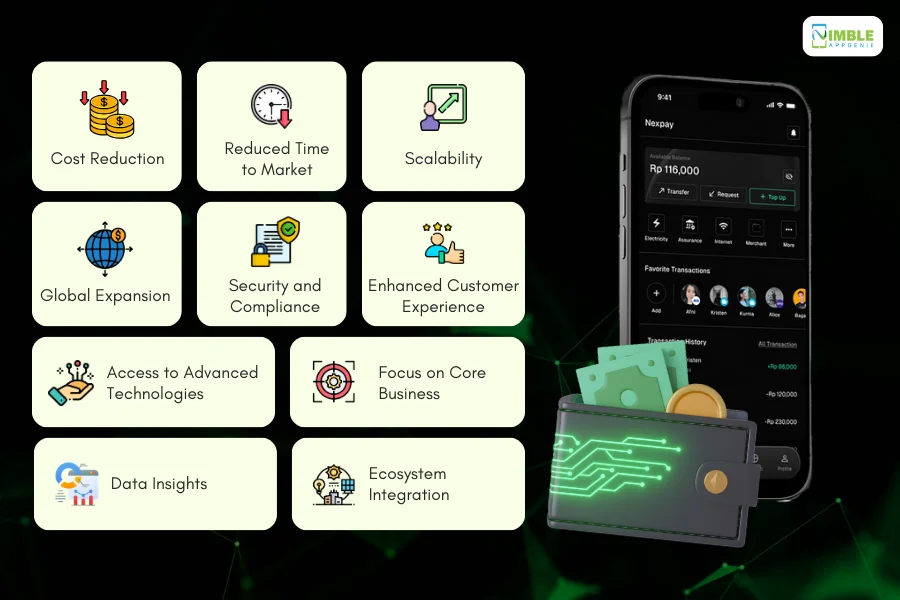
1. Cost Reduction
Building a financial service from scratch requires substantial capital investment in development, infrastructure, and security measures.
All in all, fintech development cost is high.
WaaS, on the other hand, operates on a subscription-based model which dramatically lowers entry and operational costs.
By utilizing a WaaS provider, businesses can save on the expenses associated with hiring specialized staff, purchasing hardware, and obtaining the necessary certifications.
2. Reduced Time to Market
Developing a wallet solution in-house can be a lengthy process, potentially taking years to launch.
WaaS providers offer ready-to-use platforms that can be quickly integrated, enabling businesses to go to market in a fraction of the time.
This rapid deployment is crucial in today’s fast-moving digital economy.
Here, being first can often mean the difference between leading the market and playing catch-up.
3. Scalability
The ability to scale services in response to customer demand is critical.
WaaS platforms are designed to handle a wide range of transaction volumes, from small startups to large enterprises, without any disruption in service.
What this means is that businesses can start small and grow their financial services at their own pace, without the need for significant upfront investment in scalable infrastructure.
4. Global Expansion
WaaS providers often support multiple currencies and languages. This can facilitate businesses in their international expansion efforts.
This global reach capability can open new markets and customer segments without the complexity and regulatory challenges associated with international financial transactions.
5. Security and Compliance
WaaS providers are responsible for maintaining high levels of security.
This includes compliance with industry standards such as PCI DSS.
They employ advanced security technologies like biometric authentication, end-to-end encryption, and continuous fraud monitoring systems.
All of this to safeguard users’ funds and data.
6. Enhanced Customer Experience
With WaaS, businesses can offer a seamless and intuitive user experience that’s consistent across all platforms.
This ease of use can result in higher customer satisfaction and loyalty.
Plus, it also helping with a reduction in customer support calls related to transaction issues.
7. Access to Advanced Technologies
WaaS providers continuously innovate and incorporate advanced technologies such as artificial intelligence, machine learning, and blockchain into their platforms.
Businesses that partner with WaaS providers benefit from these innovations without the need to invest in R&D or risk falling behind technologically.
8. Focus on Core Business
Fintech outsourcing let the business focus on their core functions.
Utilizing WaaS allows businesses to concentrate on their core products and services, rather than diverting resources to the development and maintenance of a financial infrastructure.
This can lead to better products, services, and overall business performance.
9. Data Insights
WaaS platforms often come with robust analytics and reporting tools.
Thus, providing businesses with valuable insights into customer behavior and transaction patterns.
These insights can inform strategic decisions.
Reason being, these help businesses to better meet the needs of their customers.
10. Ecosystem Integration
A WaaS solution can integrate with other services and APIs, creating a comprehensive ecosystem for the business and its customers.
For instance, integrating loyalty programs, rewards, and offers with the wallet service can enhance the value proposition and increase user engagement.
These benefits underscore why WaaS is becoming the go-to strategy for businesses aiming to provide digital wallet services.
In the next section, we’ll delve into the operational workflow of Wallet-as-a-Service and how it supports these advantages.
How Does WaaS Work?
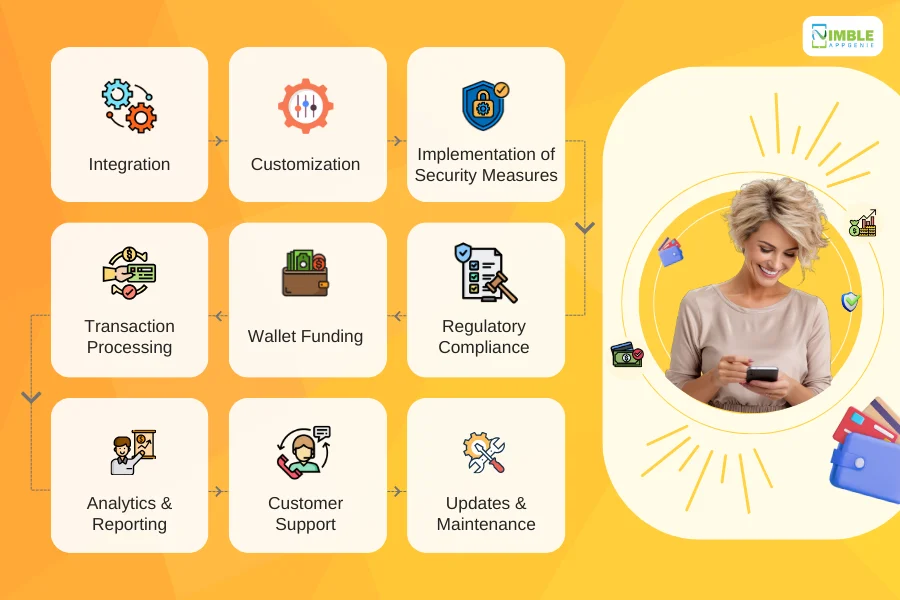
To grasp the full potential of Wallet-as-a-Service (WaaS), it’s crucial to understand the mechanism it operates on.
In this section of the blog, we’ll walk you through the process step by step.
Step 1: Integration
The first step for any business adopting WaaS is to integrate the WaaS provider’s API or SDK into their existing systems.
This is a crucial phase where technical compatibility and functionality are established.
It involves setting up communication protocols that will allow the business’s application to interact seamlessly with the WaaS platform.
Step 2: Customization
Once the integration is complete, businesses can proceed to customize the look and feel of the wallet to align with their brand identity.
WaaS platforms are typically designed with flexibility in mind, allowing for a high degree of personalization.
This might include tweaking the user interface, setting up the wallet’s features, and localizing the content for different markets.
Step 3: Implementation of Security Measures
The WaaS provider implements robust security measures.
Including data encryption, two-factor authentication, and regular security audits.
These measures are designed to protect against unauthorized access and financial fraud, providing peace of mind for both the business and its end-users.
Step 4: Regulatory Compliance
In tandem with the security implementation, WaaS providers ensure that the wallet complies with the relevant financial regulations and standards.
This can vary from region to region.
This fintech compliance is ongoing, with the WaaS provider keeping abreast of and adapting to any changes in the regulatory landscape.
Step 5: Wallet Funding
The business’s customers can now begin funding their wallets.
This can be done through various methods such as credit/debit card payments, bank transfers, or even cash deposits at designated points.
The Digital wallet as a service platform manages the complexities involved in processing these transactions.
Step 6: Transaction Processing
Once funded, customers can use the wallet to make payments, transfer money, and perform other financial transactions.
The WaaS platform handles transaction processing, ensuring that transactions are completed quickly and securely.
Step 7: Analytics and Reporting
The WaaS platform provides businesses with detailed analytics and reporting tools.
These tools allow the business to monitor transaction volumes, user behavior, and other key metrics, which can be used to inform business decisions and improve the service.
Step 8: Customer Support
WaaS providers typically offer customer support services as part of their packages.
This can range from technical support for the business to user support for the end customer, dealing with any issues that arise in the use of the wallet.
Step 9: Updates and Maintenance
The WaaS provider is responsible for the ongoing maintenance and updating of the wallet platform.
This includes adding new features, updating security measures, and ensuring the platform remains operational and efficient.
Key Features of Wallet-as-a-Service
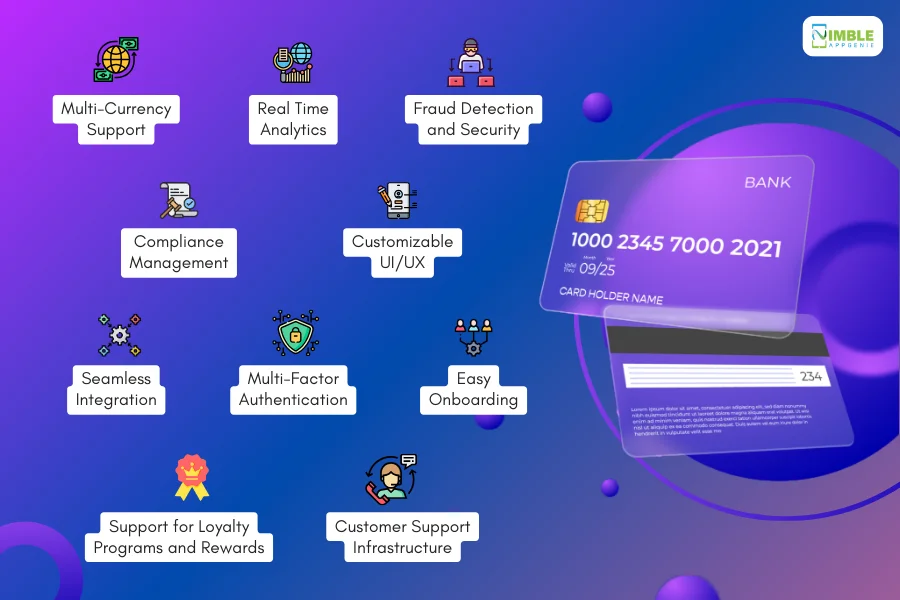
When businesses evaluate a Wallet-as-a-Service (WaaS) provider, several key features stand out as essential for a robust, secure, and user-friendly digital wallet.
Below we delve into these critical features that define a top-tier WaaS offering.
1. Multi-Currency Support
A standout feature for any WaaS is the ability to support multiple currencies.
This not only includes the major world currencies but also the flexibility to incorporate various digital currencies, including cryptocurrencies.
The feature allows businesses to cater to a global audience, removing barriers to entry in different markets and making transactions seamless for users traveling or engaging in cross-border activities.
2. Real-Time Analytics
Access to real-time analytics is indispensable for businesses to make informed decisions.
A WaaS platform should provide comprehensive dashboards that offer insights into transaction volumes, user engagement, and growth metrics.
These analytics can help businesses tailor their marketing strategies, anticipate market trends, and provide personalized services to their users.
3. Fraud Detection and Security
Given the financial nature of digital wallets, security cannot be overstated.
WaaS must have a robust fraud detection system in place that utilizes machine learning algorithms to identify and prevent fraudulent transactions.
This system should work in real-time, flagging suspicious activities and providing tools to mitigate potential risks.
4. Compliance Management
As financial services are highly regulated, compliance management is a key feature of WaaS.
The platform should ensure adherence to the various legal frameworks and standards, such as Know Your Customer (KYC), Anti-Money Laundering (AML) directives, and the Payment Card Industry Data Security Standard (PCI DSS).
A WaaS provider must stay current with regulatory changes and adjust the platform accordingly.
5. Customizable UI/UX
Customization wallet design options are critical for businesses to provide a consistent brand experience.
The WaaS should offer a highly customizable user interface that can be modified to reflect the company’s branding and UX philosophy.
This includes everything from color scheme and logo placement to the overall layout and user journey within the app.
6. Seamless Integration
The ability for the WaaS to integrate with existing business systems and third-party applications is a must.
his includes APIs for e-commerce platforms, CRM systems, and other financial services.
Seamless integration ensures a unified experience for the user and simplifies the operational aspects for the business.
7. Multi-Factor Authentication
To enhance security, a WaaS should provide multi-factor authentication (MFA) options.
This includes not only traditional methods like SMS verification but also biometric authentication such as fingerprint scanning and facial recognition.
MFA adds an additional layer of security, ensuring that user accounts are protected against unauthorized access.
8. Support Loyalty Programs and Rewards
The digital wallet should support the integration of loyalty programs and rewards, enabling businesses to incentivize repeat customers and increase engagement.
Users should be able to earn and redeem points or access exclusive deals through their wallets, enhancing the overall value proposition.
9. Easy Onboarding
The onboarding process for new users should be streamlined and intuitive.
A good WaaS platform will guide users through the setup process quickly and efficiently, with minimal friction.
This could include the simplification of KYC processes, making it as painless as possible for users to get started.
10. Customer Support Infrastructure
Lastly, robust customer support infrastructure is vital.
Users need access to help when they encounter issues with their wallets.
WaaS should offer tools for businesses to provide this support, whether through in-app messaging, chatbots, or a dedicated customer service line.
These features collectively form the backbone of a comprehensive Wallet-as-a-Service platform.
Next, we’ll explore the landscape of current WaaS providers and what sets them apart in this competitive market.
How To Choose Right Wallet-as-a-Service?
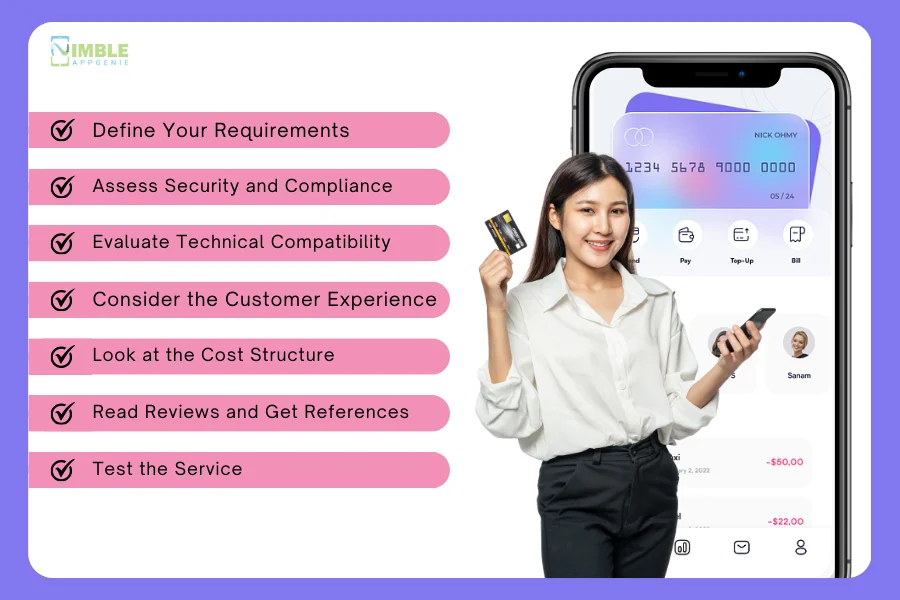
Selecting the right Wallet-as-a-Service (WaaS) provider is a critical decision for any business.
It’s not just about picking a service; it’s about choosing a partner that will support your strategic goals and grow with you.
Here’s a structured approach to help businesses make an informed decision.
► Define Your Requirements
Before you start comparing providers, it’s important to understand your own needs. Consider the following:
- Transaction Volume: Estimate the number of transactions you expect to process.
- Market Reach: Determine if you need a provider with a global or regional focus.
- Currencies: Decide which currencies you need to support, including any cryptocurrencies.
- Compliance Needs: Understand the regulatory requirements of the markets you operate in.
- Technological Capabilities: Assess the level of technology integration required for your service.
► Assess Security and Compliance
Given the sensitive nature of financial services, prioritize providers with robust security protocols and a strong track record of compliance.
- Security Standards: Look for providers that adhere to top industry security standards like PCI DSS.
- Regulatory Track Record: Check if the provider has a history of regulatory issues.
- Data Privacy: Ensure their data privacy policies align with your business standards and the jurisdictions you operate in.
► Evaluate Technical Compatibility
The WaaS provider you choose should seamlessly integrate with your existing systems tech stack.
- API and SDK Quality: Test the ease of integration of their APIs and SDKs.
- Customization: Make sure the level of customization offered matches your branding requirements.
- Scalability: Ensure the provider’s platform can scale with your business growth.
► Consider the Customer Experience
Your customers’ interaction with the WaaS platform directly affects their perception of your brand.
- User Interface: Choose a provider with a user-friendly and intuitive interface.
- Support Services: Look at the provider’s customer support services and determine if they meet your standards.
- Onboarding Process: A streamlined onboarding process for your users is essential for adoption.
►Look at the Cost Structure
Examine the pricing models of various WaaS providers and how they align with your business model.
- Subscription Fees: Assess the monthly or annual costs and what they include.
- Transaction Fees: Understand the fees per transaction and how they might scale.
- Additional Costs: Consider any setup fees, customization costs, or other potential charges.
► Read Reviews and Get References
Research what other businesses say about the providers you’re considering.
- Customer Reviews: Look for reviews from businesses similar to yours.
- Case Studies: Request case studies or references from the provider to better understand their track record.
► Test the Service
If possible, engage in a trial period to see how well the service integrates with your operations and meets your expectations.
- Pilot Program: Run a pilot program to get firsthand experience of the provider’s service.
- Support Response: Evaluate the responsiveness and effectiveness of the provider’s support team during the trial.
WaaS vs Custom eWallet Development
WaaS platforms offer a ready-made infrastructure that businesses can leverage to provide digital wallet services to their customers.
But how does it compare to developing a custom wallet? Well, let’s compare Waas vs eWallet solution development.
| Aspect | WaaS | Custom eWallet Development |
| Initial Cost | Lower | Higher |
| Time to Market | Faster | Slower |
| Customization | Limited | Extensive |
| Branding | Standards with some customization | Fully branded |
| Security & Compliance | Handled by provider | Must be handled in-house or outsourced |
| Scalability | Highly scalable | Scalable, depends on initial build |
| Maintenance | Provider responsible | Business Responsibilities |
| Control Over Data | Shared with provider | Exclusive to the business |
| Market Differentiation | Limited differentiation | High differentiation |
| Ongoing Costs | Subscription and transaction fees | Varies based on maintenance costs |
Advantages
- Quick Deployment: WaaS can be integrated and launched relatively quickly.
- Reduced Costs: This eliminates the need for substantial initial investment and ongoing maintenance costs.
- Expertise and Support: WaaS providers bring specialized knowledge, especially in security and compliance matters.
Considerations
- Less Customization: While WaaS offers customization, it may not match the level available with a custom solution.
- Dependence on Provider: The business’s service is reliant on the WaaS provider’s stability and performance.
- Standardization: The solution may have standardized features that are also used by competitors.
Nimble AppGenie – Here’s How We Can Help You
Nimble AppGenie, with our rich experience in Fintech app development, stands ready to guide you through this decision-making process.
Our expertise spans both custom eWallet solutions and the integration of Wallet-as-a-Service platforms.
We help you assess your needs, weigh the pros and cons, and ultimately choose a path that aligns with your business objectives.
Whether you are looking for a unique, branded solution or a quick-to-market WaaS integration, our team is equipped to deliver excellence.
We ensure that your eWallet solution, regardless of the chosen approach, is secure, compliant, user-friendly, and positions you for growth in the digital payment arena.
Conclusion
In a world where digital transformation is not just an advantage but a necessity, Wallet-as-a-Service emerges as a key facilitator for businesses eager to streamline their financial transactions. Nimble AppGenie, with its deep expertise and comprehensive suite of services, stands as your ideal partner to navigate this landscape, ensuring that the journey towards a robust, user-friendly, and secure digital wallet is not just successful but also transformative for your business.
FAQs
Wallet-as-a-Service (WaaS) is a cloud-based platform that allows businesses to offer digital wallet functionalities without building their own system.
WaaS providers typically employ rigorous security protocols, including encryption, fraud detection, and compliance with global standards.
Yes, WaaS solutions are designed to scale easily, accommodating growing transaction volumes and user bases.
WaaS providers offer APIs and SDKs for integration with various business systems and applications.
While WaaS solutions provide customization options for branding and functionality, they may not be as extensive as custom-built solutions.
WaaS typically offers quicker deployment, lower upfront costs, and reduced need for in-house expertise in maintenance and security.
Consider your specific needs, required features, budget, target market, and the provider’s track record, security, and compliance standards.
Yes, businesses can start with a WaaS and transition to a custom solution as they scale and require more tailored features.
WaaS providers generally handle compliance with financial regulations, which can significantly ease the burden on businesses.
A good WaaS solution enhances the customer experience by providing a secure, fast, and smooth transaction process.

Udai Singh is a senior content writer with over 6 years of experience in creating content for FinTech, eWallet, EdTech, and App Development. He is an expert in simplifying complex concepts and creating engaging content that resonates with the audience.
Table of Contents




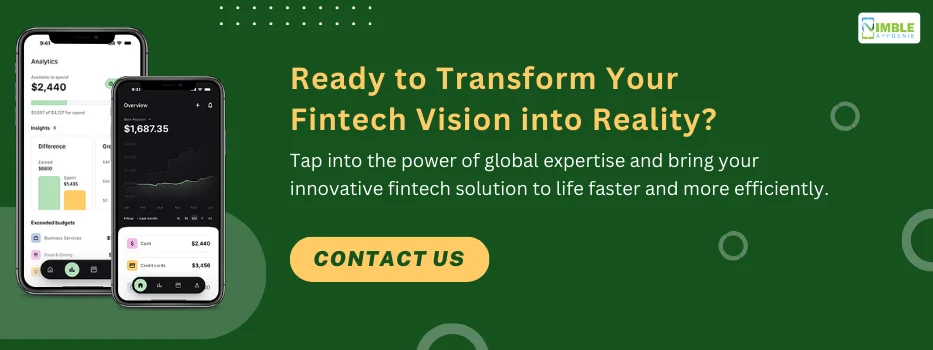








No Comments
Comments are closed.